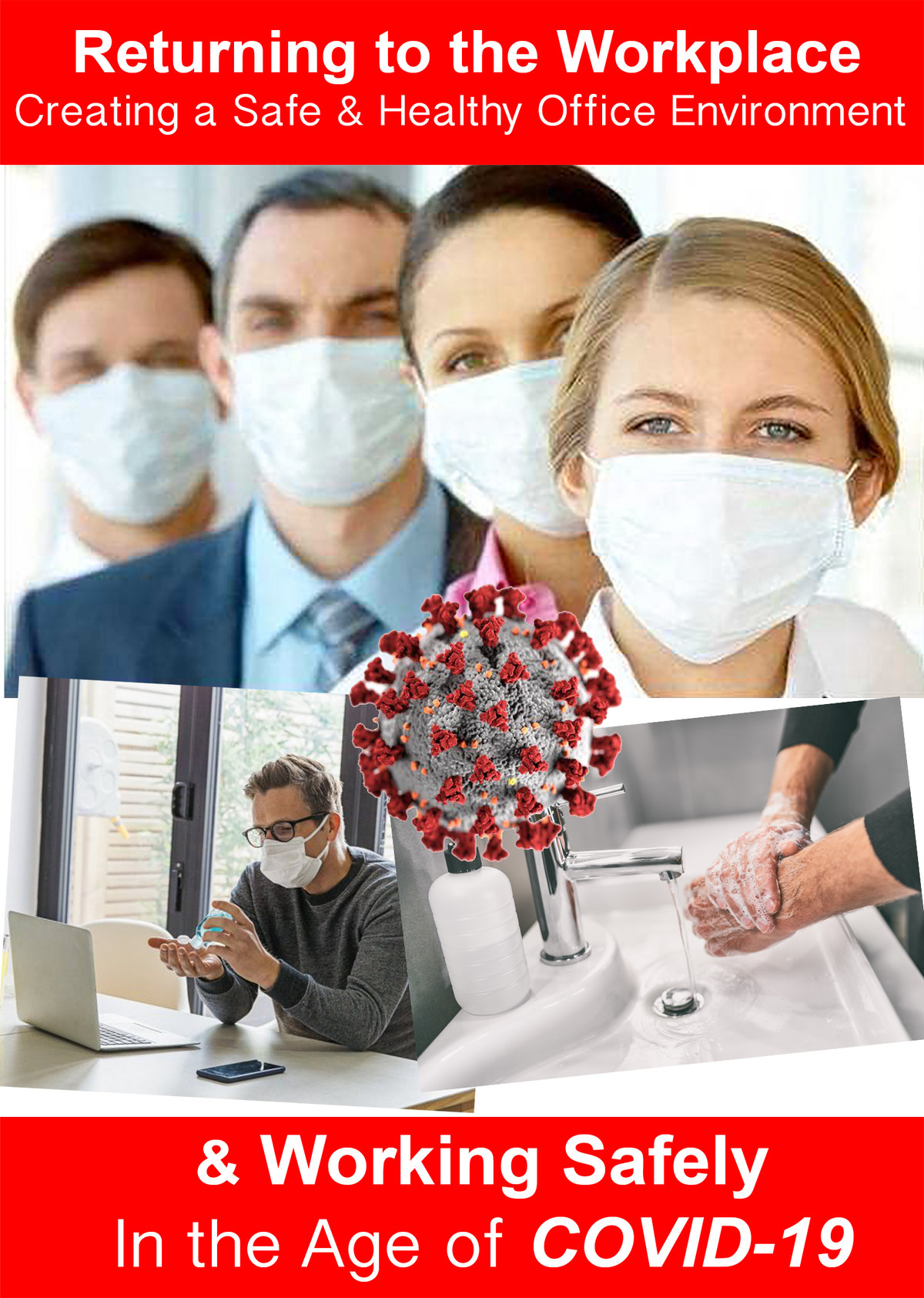Life as we know it is changing and disrupting every sector of our lives in the age of COVID-19. The ramifications of the Coronavirus Pandemic have rippled across every aspect of our professional and personal lives. With governments enforcing stringent guidelines to protect its citizens there is much that can be done by businesses when it comes to the safety and wellbeing of employees. Planning how to manage office utilization in a way that members of your organization stay healthy and safe can be a challenging task, but having the right information and data on how your office space is used is a big step in decision-making when it comes to workspace planning for a post-pandemic workplace. What we've learned is to be prepared and not panic. As we return to work, we should be aware, not scared, practice preventative action at all times and take the extra measures to ensure health and safety is protected. This program teaches us all how to act proactively and learn the precautions we need to put in place to return to the workplace during the Coronavirus Pandemic. We'll learn what habits to follow and the role of managers to ensure workplace safety. New research suggests the coronavirus can live on a mask, plastic and stainless steel for 7 days. It can live on glass and money for 4 days. It can live on cloth and wood for 2 days. It can live 1 day on cardboard and on paper for 3 hours. As we return to work, all employees need to be aware. Wear a cloth mask (but not one designated for a health care worker), PPE (personal protective equipment) if instructed, stay calm (stress will lower your immune system), avoid close contact with those who are feeling unwell, keep two arm lengths (6 feet) between yourself and others, practice good hygiene and avoid shared use of office desks, work tools and equipment. Corporations will need to adapt social distancing to the workplace, rethink floor layouts and desk seating arrangements, stagger work schedules, stagger arrival times and look at prototypes where markings delineate a six-foot radius around each desk. Most people touch their faces several hundred times a day. To avoid infection, it's time we form new habits. Do not touch your eyes, nose, or mouth unless your hands are completely sanitized. Always cough or sneeze into your arm. Promote regular hand washing to employees and customers. Wash your hands with soap and water for twenty seconds every two hours especially after using the bathroom, before, during and after food preparation, after blowing your nose, coughing, or sneezing and after touching garbage. Keep hand sanitizer at workstations at all times. Use disposable gloves, gowns and a mask for cleaning and disinfecting surfaces such as doorknobs, tables, desks, light fixtures and handrails. Surface disinfectants like Lysol and bleach are recommended for high touch surfaces. Ensure the surface stays wet for 4 minutes. Use video and web conferencing for meetings and assess the risks of business travel. If in-person meetings are absolutely necessary, ensure proper distancing in a well-ventilated space. It's everyone's responsibility to ensure the workplace is clean and hygienic. Managers should develop an infection control policy and select an Emergency Planning Coordinator who should keep ongoing communication with their local public health department. They should put strategies in place to ensure the work environment is safe and provide signage throughout the company promoting good respiratory hygiene and recommendations for cleaning and social distancing. The coronavirus is primarily a respiratory illness that spreads airborne droplets from an infected person's coughs or sneezes. Most of these droplets fall on nearby objects and surfaces. You could spread the virus to co-workers and others even if you don't feel sick. The whole world is facing the same challenges. It is therefore vital that we pay attention, take responsibility, get the facts, stay informed and be prepared.
Life as we know it is changing and disrupting every sector of our lives in the age of COVID-19. The ramifications of the Coronavirus Pandemic have rippled across every aspect of our professional and personal lives. With governments enforcing stringent guidelines to protect its citizens there is much that can be done by businesses when it comes to the safety and wellbeing of employees. The informational material in the program follows CDC guidelines and OSHA standards. Each program is intended to provide guiding principles for healthcare and non-healthcare administrators, school administrators, parents, students, teachers, school staff and their families, employers, employees and their respective health departments, to assist in preparing for potential introduction, spread, and mitigation of COVID-19. This guidance does not address every possible setting or protocol and may not use legal terminology specific to individual agencies' authorities or processes. The guidance can be adapted based on individual facilities' physical space, staffing, population, operations and other resources and conditions. Facilities should contact CDC or their respective public health departments for further assistance, or to address topics that are not specifically covered in the program.

 Please wait...
Please wait...




